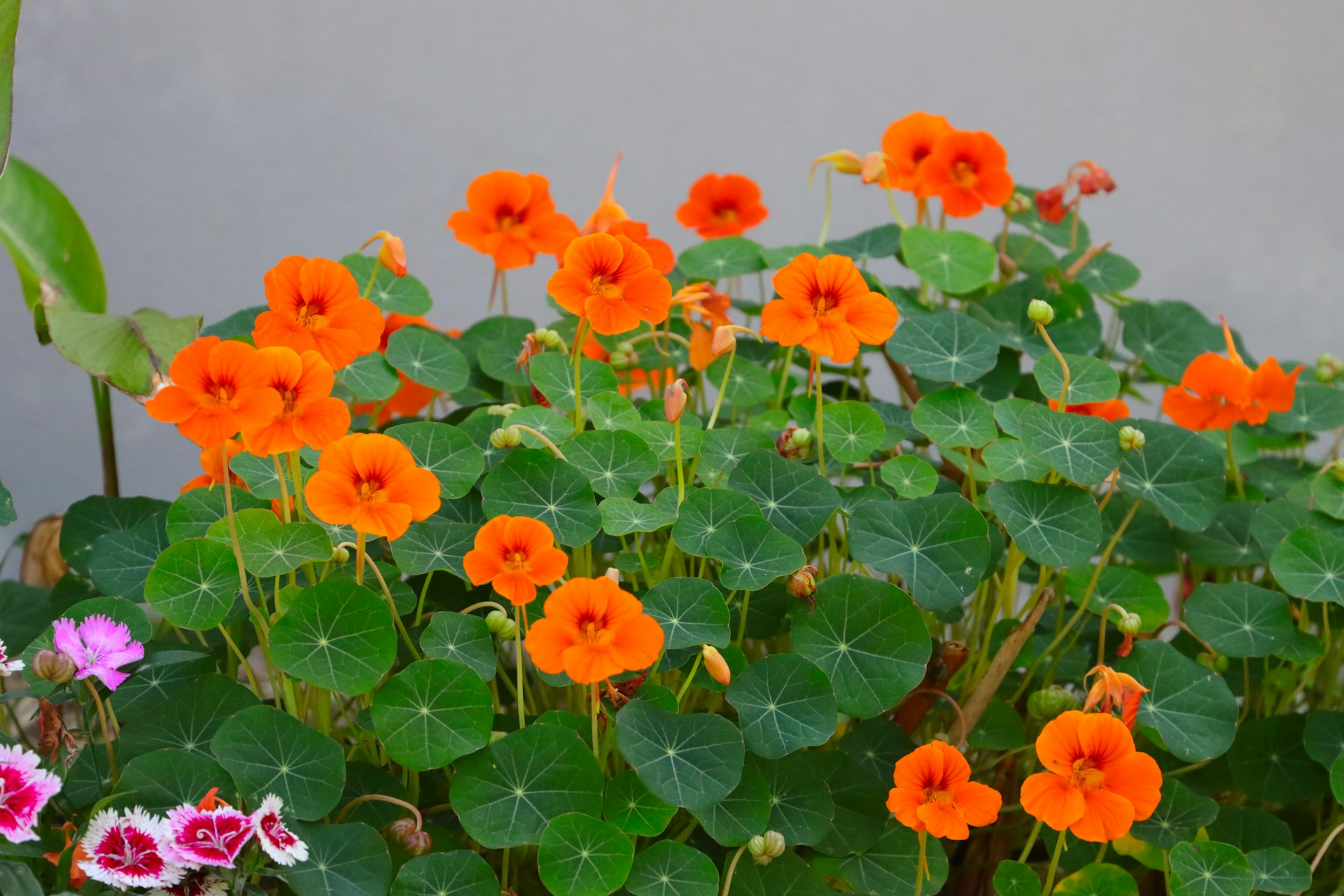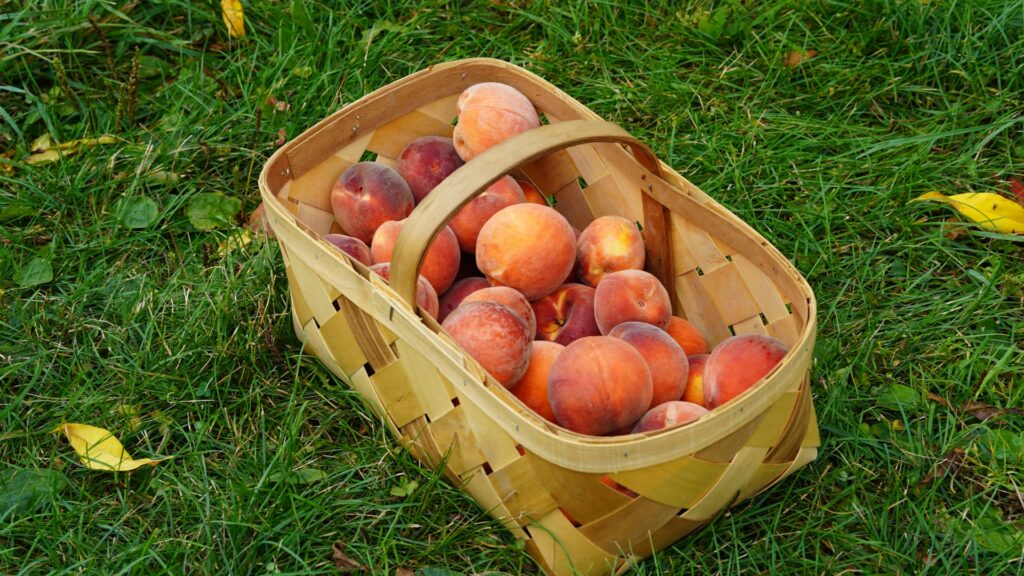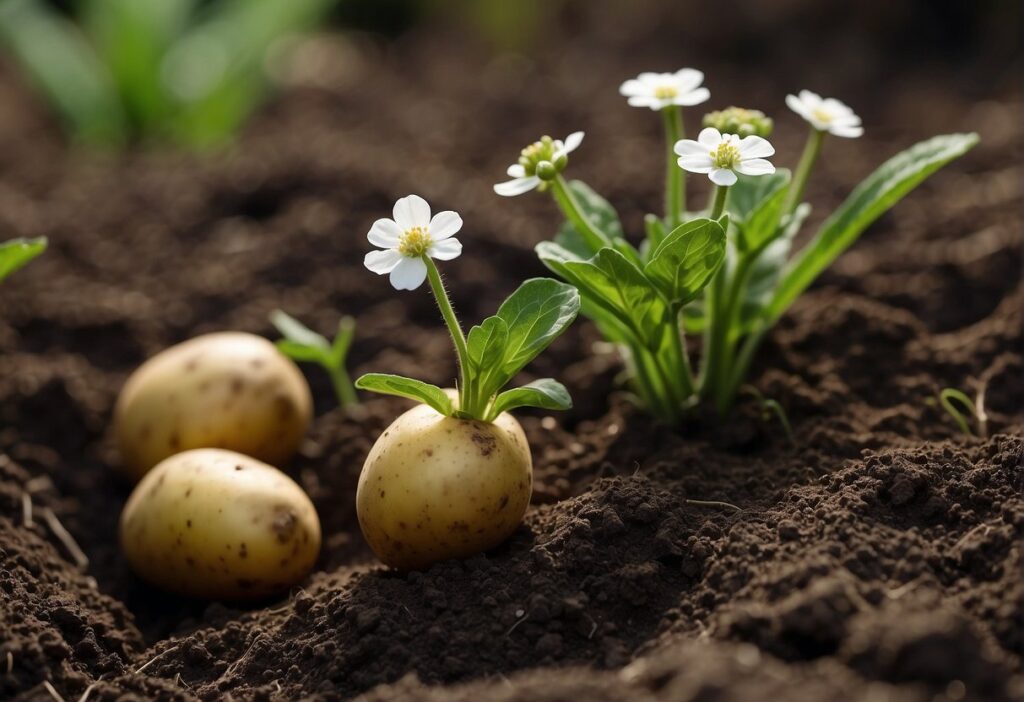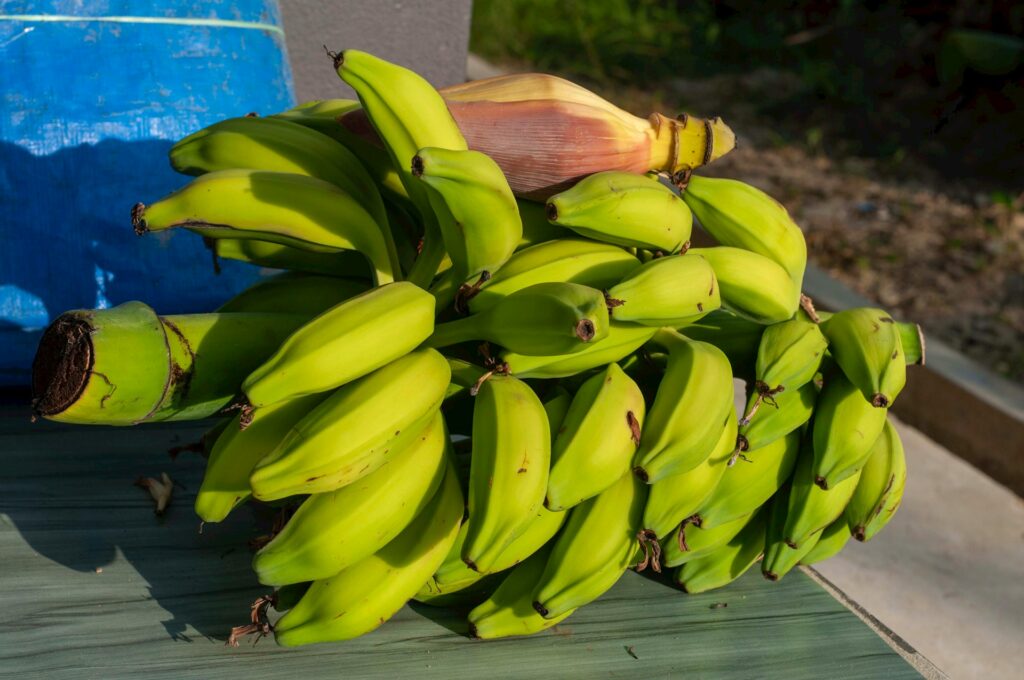
Welcome to the vibrant world of companion planting! If you’re curious about which flowers to plant in your vegetable garden, you’ve landed in the perfect spot. Discover why integrating flowers with your veggies is not just about aesthetics, but also about fostering a healthier and more productive garden. This article is a treasure trove of insights for gardeners who want to create a harmonious blend of beauty and bounty. Stick around to learn about the top flowers that will transform your vegetable patch into a flourishing paradise.
Why Plant Flowers in Your Vegetable Garden?
Integrating flowers into your vegetable garden isn’t just about creating a picturesque space; it’s a strategic move that can significantly enhance your garden’s health and productivity. Flowers attract beneficial insects and pollinators, deter pests, and can even improve soil health. By selecting the right flowers to plant alongside your veggies, you’re not just beautifying your garden but also supporting a more robust and sustainable ecosystem.
How Can Marigolds Benefit Your Veggie Patch?
Marigolds are not just pretty yellow flowers; they are powerhouse plants in the vegetable garden. These vibrant blooms are known to deter pests like nematodes and can even discourage rabbits with their pungent aroma. Planting marigolds near vegetables can create a protective barrier, shielding your precious vegetables from unwanted visitors. Plus, their cheerful blooms add a splash of color to the garden.
What Makes Sunflowers a Great Addition to Your Garden?
Sunflowers are more than just a tall, sunny presence in the garden. These towering beauties provide shade for more delicate plants and can act as natural trellises for climbing vegetables like beans and peas. Their large blooms are a beacon for pollinators, ensuring that your vegetable flowers get pollinated too. Moreover, sunflowers can help with soil remediation by drawing out toxins, making them a practical choice for gardeners looking to improve their garden soil organically.
Are Cosmos the Secret to a Thriving Garden?
Cosmos, with their delicate petals and feathery foliage, are not just a treat for the eyes. These easy-to-grow flowers are excellent at attracting pollinators like bees and butterflies to your garden. The increased pollinator activity helps ensure that your vegetable blooms are visited regularly, leading to better crop yields. Furthermore, cosmos are known to be drought-tolerant, making them a low-maintenance option for gardeners who value resilience and beauty.
Why are Zinnias Among the Best Flowers for Your Garden?
Zinnias are a favorite among gardeners for their vibrant colors and long-lasting blooms. When you plant flowers like zinnias in your vegetable garden, you’re inviting a parade of pollinators. These flowers are particularly attractive to butterflies and bees, which are essential for pollinating many vegetable plants. Additionally, zinnias are easy to grow from seed and make excellent cut flowers, allowing you to bring the beauty of your garden indoors.
How to Use Calendula as a Companion Plant?
Calendula flowers are not only known for their bright, edible petals but also for their companion planting benefits. These hardy blooms can help deter pests and are reputed to have antifungal properties, which can be beneficial in keeping your vegetable plants healthy. Calendula flowers are edible and can add a pop of color to salads and dishes, making them a versatile addition to the veggie garden.
Can Planting Flowers Help Deter Pests?
Yes, certain flowers can be your first line of defense against garden pests. Flowers like marigolds, calendula, and nasturtiums emit scents or substances that pests find offensive. By planting these flowers near vegetables, you create a natural deterrent, reducing the need for chemical pesticides. This not only keeps your garden organic but also protects beneficial insects and the overall health of your garden ecosystem.
What Role Do Flowers Play in Attracting Pollinators?
Flowers are essential in luring pollinators to your garden. Pollinators like bees, butterflies, and even hummingbirds are attracted to blooms with nectar and pollen. By planting a variety of flowers in your vegetable garden, you ensure a diverse group of pollinators visits your garden beds. This is crucial for the fertilization of flowering vegetable plants, leading to fruit and seed development. Flowers with different shapes and colors will attract different pollinators, so including a mix is beneficial. For example, blue flowers can be particularly attractive to bees, while butterfly-friendly plants often have large, flat blooms for easy landing.
Should You Consider Perennial Flowers in Your Garden Layout?
Perennial flowers are a smart choice for any gardener looking to create a long-term, sustainable garden design. Once established, perennial flowers come back year after year, offering a reliable source of beauty and function. They can provide consistent structure to your garden layout, serve as habitat for pollinators, and often require less maintenance than annuals. Some popular perennial flowers for the vegetable garden include lavender, echinacea, and yarrow, each bringing their unique benefits to the garden ecosystem.
What Are the Best Annual Flowers to Plant with Vegetables?
Annual flowers, though they need to be replanted each year, are an excellent way to add instant color and vitality to your garden. They can be strategically used to fill gaps in the garden, provide quick-growing ground cover, or add a seasonal burst of color. Some of the best annual flowers to plant with vegetables include petunias, snapdragons, and the ever-popular marigolds. These flowers not only brighten up the vegetable garden but can also help with pest control and pollinator attraction.
How Can Flowers Enhance the Overall Garden Design?
Flowers bring an element of garden design that vegetables alone cannot offer. They add color, texture, and form to the garden space, creating visual interest and appeal. When planning your garden layout, consider mixing flowers and vegetables together for a tapestry of foliage and blooms. This approach can also help with pest control, as a diverse planting can confuse pests and make it harder for them to find their target plants.
What Flowers to Choose for a Cut Flower Garden?
If you love having fresh flowers in your home, consider dedicating a part of your vegetable garden to cut flowers. Flowers like cosmos, zinnias, and sunflowers make excellent cut flowers, with long stems and blooms that last well in a vase. By planting a cut flower garden, you can enjoy the beauty of your garden both outside and inside your home. Plus, having a designated area for cut flowers means you can harvest blooms without diminishing the visual appeal of your outdoor space. When selecting flowers for your cut flower garden, look for varieties with sturdy stems and a long vase life. Don’t forget to include some fragrant options, like sweet peas or peonies, to add a sensory delight to your bouquets.
In summary, incorporating flowers into your vegetable garden is a multifaceted strategy that can lead to a more productive, beautiful, and ecologically balanced garden. Here’s a quick recap of the most important points to remember:
- Planting flowers can attract beneficial insects, deter pests, and improve soil health.
- Marigolds protect vegetables by deterring pests and can improve soil quality.
- Sunflowers act as natural support structures and help with soil remediation.
- Cosmos and zinnias attract a variety of pollinators, ensuring better pollination for vegetables.
- Calendula offers pest control benefits and adds edible beauty to your garden.
- Perennial flowers provide lasting structure and reduced maintenance.
- Annual flowers offer flexibility and can be used for seasonal color and pest control.
- A well-designed garden with flowers enhances visual appeal and can confuse pests.
- A cut flower garden allows you to enjoy the beauty of your blooms indoors.
By choosing the right flowers to plant in your vegetable garden, you can create a harmonious and thriving ecosystem that is as delightful to the senses as it is beneficial for your vegetable yield. Whether you’re a seasoned gardener or just starting out, integrating flowers into your garden plan is a step toward a more vibrant and healthy garden. So go ahead, let your love for flowers bloom alongside your veggies, and watch as your garden dreams take root and flourish!




